by Mike –
The only surviving Porsche 901 prototype (chassis number 13327) won the Porsche 911 street car class at Amelia Island this past Sunday. Don Meluzio, the owner, found this car when no one knew that it existed and he brought it back to glorious life.
After Amelia Island this special Porsche is going to Germany where it will be on display at the Porsche museum in Stuttgart for a few weeks then it flies directly to California for the Pebble Beach Concours d’Elegance in August where it will be in the Porsche 911 class celebrating 50 years of the Porsche 911 (the same class it just won at Amelia Island).
The following text supplied by Porsche and Don Meluzio
In the early 1960s, Porsche prepared to introduce a new model that would eventually replace its venerable 356. Over the years, several early design and engineering studies were built, based in part on 356 principles.
As production of the new model approached, Porsche reserved ten consecutive “replacement chassis” numbers for pre-production cars. Factory records show that only four numbers were actually assigned to bodies. Of the four cars built, only one is still known to exist – chassis number 13327, the vintage Porsche on display at the New York International Automobile Show.
As a prototype, this car exhibits noteworthy detail differences from the later production versions. Its manual sunroof slides forward to open, in contrast to the electrically-operated, rearward-opening roof that went into production.
Instruments are housed in two pods, rather than the large central tachometer and four flanking gauges, which have always been a trademark of the production Porsche 911.
On the prototype, hot air was ducted to the side window· sills to keep the glass free of condensation; early 911s were not so equipped.
The front lid is counterbalanced by torsion bar springs, and the engine cover is held open by coil springs; the production version would adopt gas struts to hold the lids open.
Many components of Porsche #13327 are immediately recognizable to 356 owners. A passenger assist handle from the 356 C model is attached to the right A-pillar. The steering wheel and horn ring were also taken directly from the late 356 models. Its braking system, too, is taken over nearly unchanged from the last of the 356 line, the 356 C.
Porsche has always prided itself on cars that are “made by hand”, but nowhere is this more evident than on this prototype 911. The fuel tank is built up using more than 20 hand-formed steel panels, welded together to form a single fuel cell.
The door sills and seat rails are also hand-made, with abandoned seat mounting holes and file marks in evidence. The car was obviously the object of extensive experimentation. Over time, several different, mutually exclusive heating and ventilation systems, including a gasoline heater, were installed; experiments finished, the abandoned openings were sealed by small aluminum plates.
In the exotic world of hand-crafted, custom-bodied automobiles, it is not unusual for two cars to have apparently identical but subtly different bodies or even to exhibit dimensional differences from side to side. The first 911 shows some of these traits, indicating that it was built to a tight schedule, possibly for one of the major European auto shows of early 1964. Some trim items vary dimensionally from side to side, and the backs of the gauges bear a September 1963 date stamp.
The new Porsche Type 901, as the car was called, was introduced to the automotive world on September 12, 1963, at the Frankfurt International Automobile Show. Series production lay a full year in the future.
At the time of its introduction, the Porsche 901 offered the next step up in performance and top speed from Porsche’s top model of the time, the 356-based Carrera 2000 GS. Production Porsche 901s began to come off the Zuffenhausen assembly line in September 1964, along with the last of the 356 models, which would remain in production until the end of April 1965.
In October 1964, just a month after the start of production, the designation of the new six-cylinder Porsche was changed to 911, to avoid a possible conflict with Peugeot, which had always had a zero in the middle of its model designations.
Although many parts of Porsche #13327 were still of a cut-and-try nature, it was powered by Porsche’s then-new six-cylinder boxer engine, essentially in the form in which it would reach production. Many of this powerplant’s characteristic design features are still with us today in the engines of the Porsche 911 Carrera 2, 911 Carrera 4, 911 Turbo, and their derivative special models.
With bore and stroke of 80x.66 mm, the early 911 engine displaced only 1991 cc (121.5 cubic inches), developed 128 horsepower at 620.0 rpm and 119 Ibs.-ft. of torque at 460.0 rpm.
Porsche #13327 sits on a wheelbase of 86.8in. (220.4mm); in the late 1960s, Porsche increased the wheelbase to 89.4 in. (2272 mm). Front and rear track are 52.4 in. (1332 mm) and 51.7 in. (1312 mm) respectively. Overall length is 162.8 in. (4135 mm ); at 168.3 in. (4275 mm ), today’s cars are nearly 6 inches longer. At the time of its introduction, the 911 was about 5 inches longer than the 356.
With 128 horsepower available from two liters, the 911’s power output matched that of the exotic four-cam Type 356 Carrera 2, without the latter’s mechanical complexity. In top speed, too, the 356 Carrera and the new 911 were equals, with a maximum speed of 130 mph. In acceleration, the new Porsche achieved a zero to 60 mph time of less than 9 seconds and a quarter mile time of 16.4 seconds, again similar to the last of the 356 Carreras. In the early 1960s, such performance qualified the 911 as a supercar.
After service as a prototype and show car, Porsche #13327 was eventually used on the road by the late Richard von Frankenberg. Von Frankenberg had been with the Porsche car company since 1950, when production of the Porsche 356 relocated from Gmund in Austria to the more favorable conditions of Stuttgart. Over the years, he served as factory race driver, chalking up wins at Le Mans, the Mille Miglia, the Nurburgring, and countless other motor sports events. In 1952, with graphic designer Erich Strenger, he founded Porsche’s house magazine, Christophorus, and was working as its editor at the time of his death in 1973.
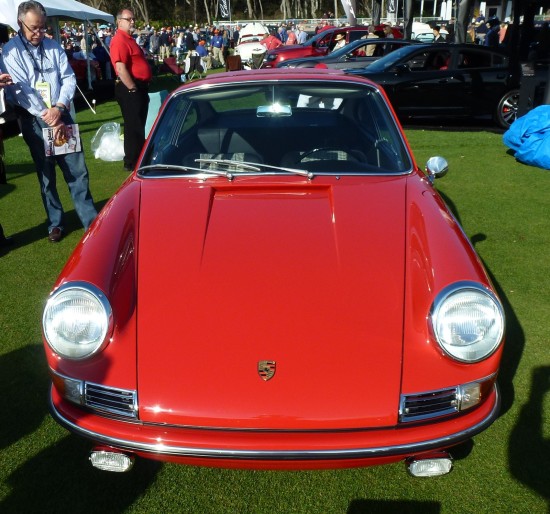
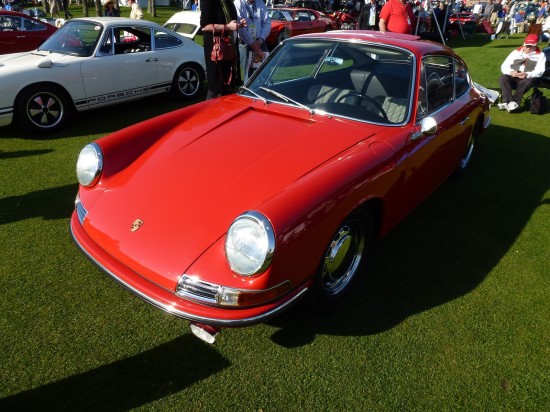
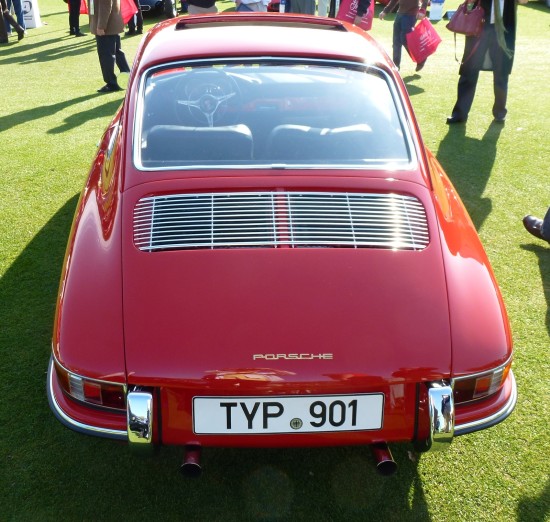
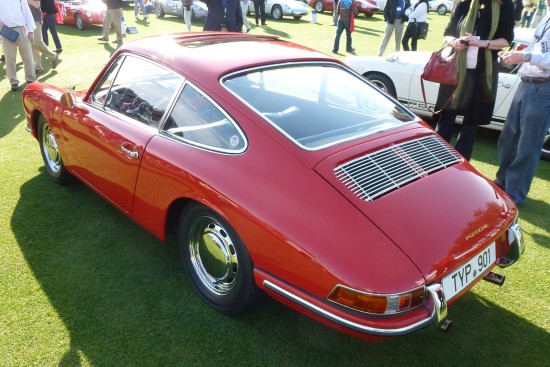
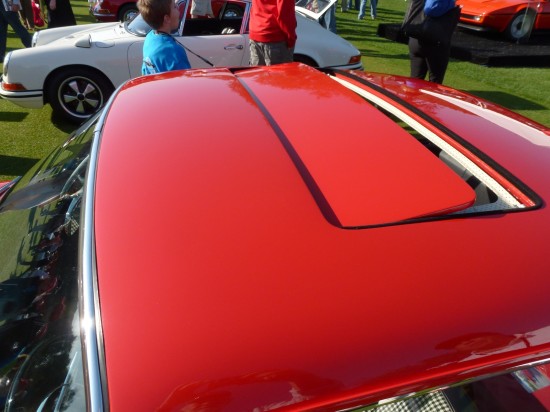
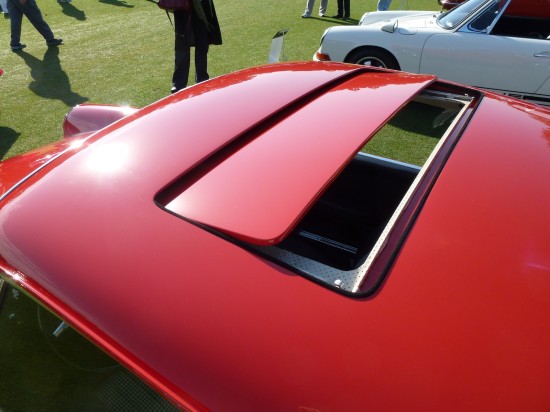
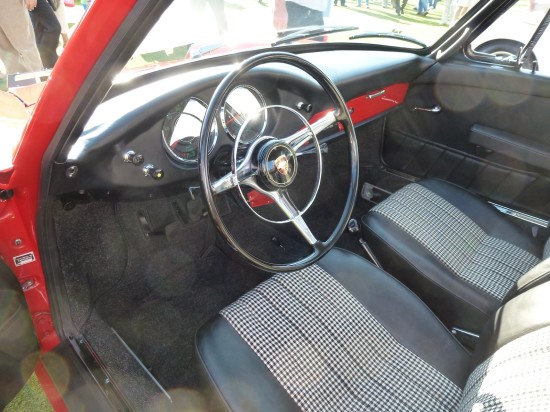
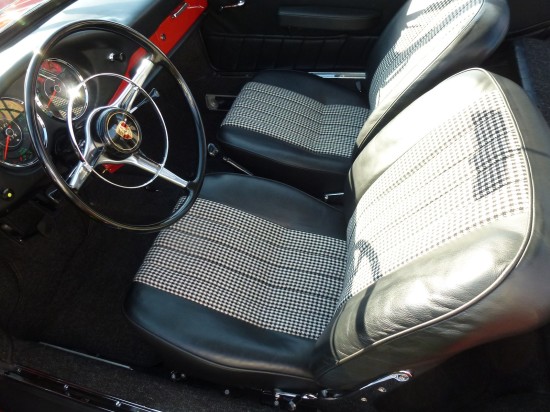
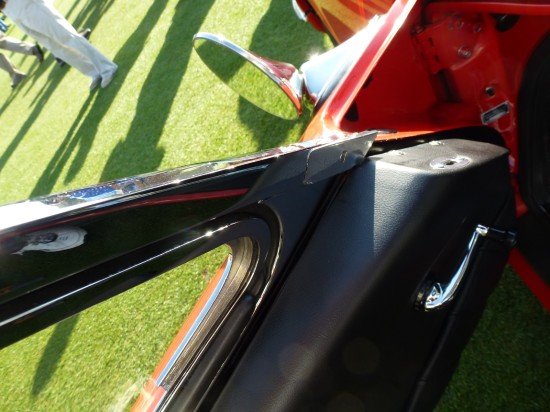
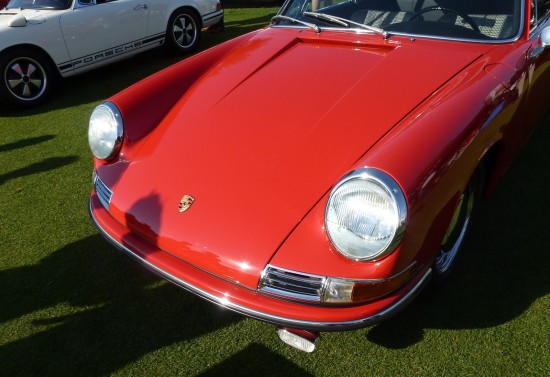
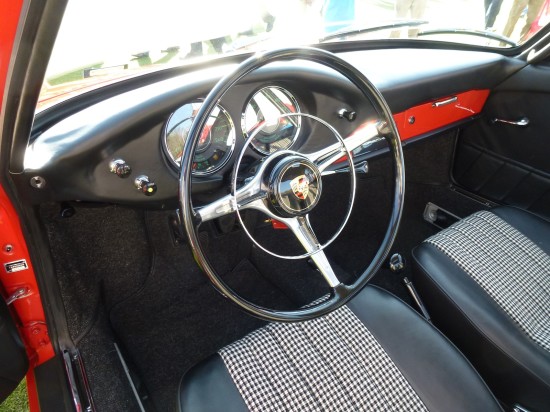
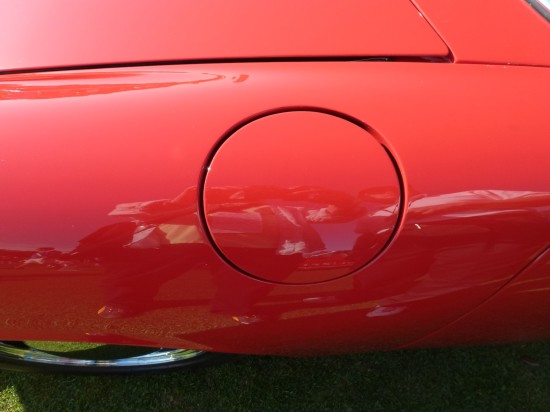
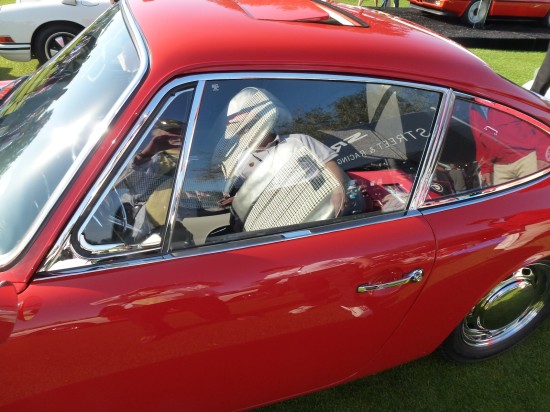
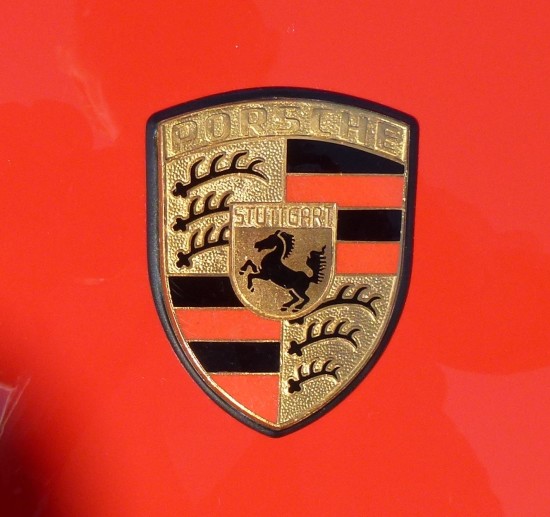
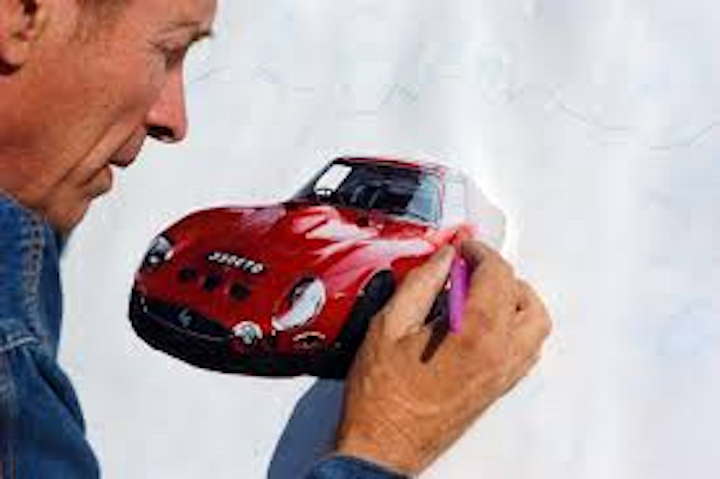

Always nice too read stories about hsitirc Porsche cars as their roots are in Austria :-). Very nice car by the way.
Herbert
Engineered beauty, with pure practicality! Happy 50th.
Great article Mike. Really enjoyed reading it.
Thank you all I am happy you like this post.
I should have mentioned that Dennis Frick at Europa Macchina restored the Porsche 901 prototype.